THE ART IN EDUCATION
Art is a language that allows us to express and develop our ideas or emotions; artistic activities are full of processes that allow us to grow and stimulate our creativity, it will make the child express himself through different elements and creativity and imagination will play a more important role in this whole process. When children are exposed to any artistic activity, their brain is stimulated by sounds, movements, colors, size, or a mixture of them, and many benefits:
- It stimulates both sides of the brain.
- Increases the capacity of memory, attention and concentration of children.
- They read better and perform better in math and science classes.
- Introduce children to vocabulary and new concepts.
- It generates memories and images, which enriches the intellect.
- Promote your self esteem.
- Being a form of expression they learn to do it better.
- They learn to work as a team.
- It gives them the opportunity to interact and cooperate with other children and adults.
- They attend to others and learn to be more tolerant.
- By practicing to improve, they learn to be persistent and consistent.
- They stimulate their creativity and imagination.
- By making trials and errors, they value time and learn to meet goals.
- They become more aware of their surroundings.
Neural connections increase, your brain exercises and becomes stronger. The process is most beneficial in children under three years of age since their brain is maturing and they are highly sensitive to external stimuli, this process can increase their brain potential.
That your son wants to draw does not mean that in his adult life he will dedicate himself to being an artist, but if you let him express himself freely, then he can be what he wants to be because he will be a more sensitive person.
When the child draws, paints or performs other plastic expression activities, without realizing it, they will be expressing emotions and sensations, because emotions are present in us from birth.
In order for the boy or girl to enjoy art, they must be encouraged to do so from home. But when they are very young it is more than likely that if you give them a marker or finger paint they will want to paint everything.
That is why when they are very young (2 or 3 years old), it is a good idea to be with them while they express all their art, leaving them freedom of expression, but guiding them in their artistic expression. A great idea is to put mural paper on a wall so they can have a lot of creative space.
Art is a way of feeling life and by becoming aware of the world, children become, almost without realizing it, better human beings, due to the fact that it is so easy to allow them to express their internal world in a way that also stimulates them to create, learn and innovate.
As if that were not enough, art in children enhances their intellectual capacities, but it also does so with communication between parents and children at a very early age because through drawings, plasticine, painting and even dance… Parents will be able to get to know their children a little better. Why is this happening? Because it helps to have more fun and therefore the affective bond will be increased.
In addition, art is also very important in young children because it makes them think about themselves, both internally and externally. With plasticine or paints they need to use the parts of the body to be able to capture their art. Children’s art has many meanings, as many as children come to mind.
But what is fundamental in all this is that parents promote all this art in their children, that they know how to express their joy and charm in the face of the results of their children’s art, whatever it may be, because that is how they will be given wings to leave Unleash all your creativity and imagination.
Take advantage of your child’s interest in some art to encourage their creativity. We suggest some ways in which you can give wings to your child’s imagination and creativity. Art is the expression of children’s emotions. With art, children improve their self-esteem, their self-confidence, in addition to improving the precision of their fine motor skills.
Examples of artistic activities:
- Poetry.
- Paintwork.
- Sculpture.
- body art.
- Theater.
- Narrative.
Ms. Mª del Pilar Gómez
Early Years Teacher
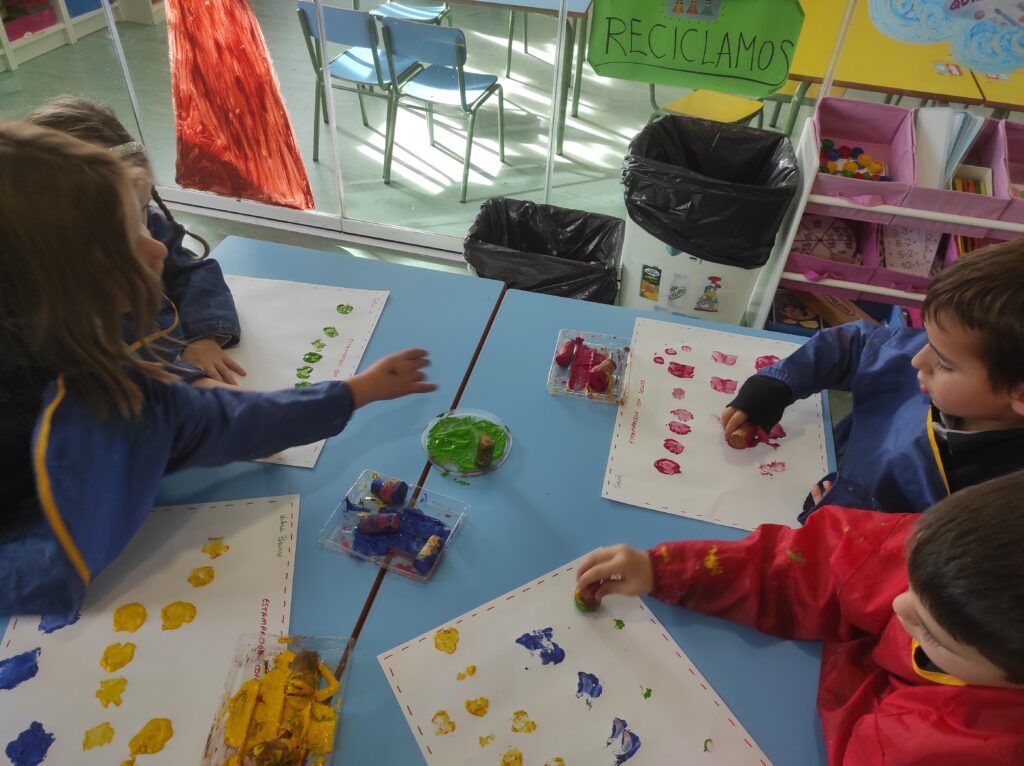

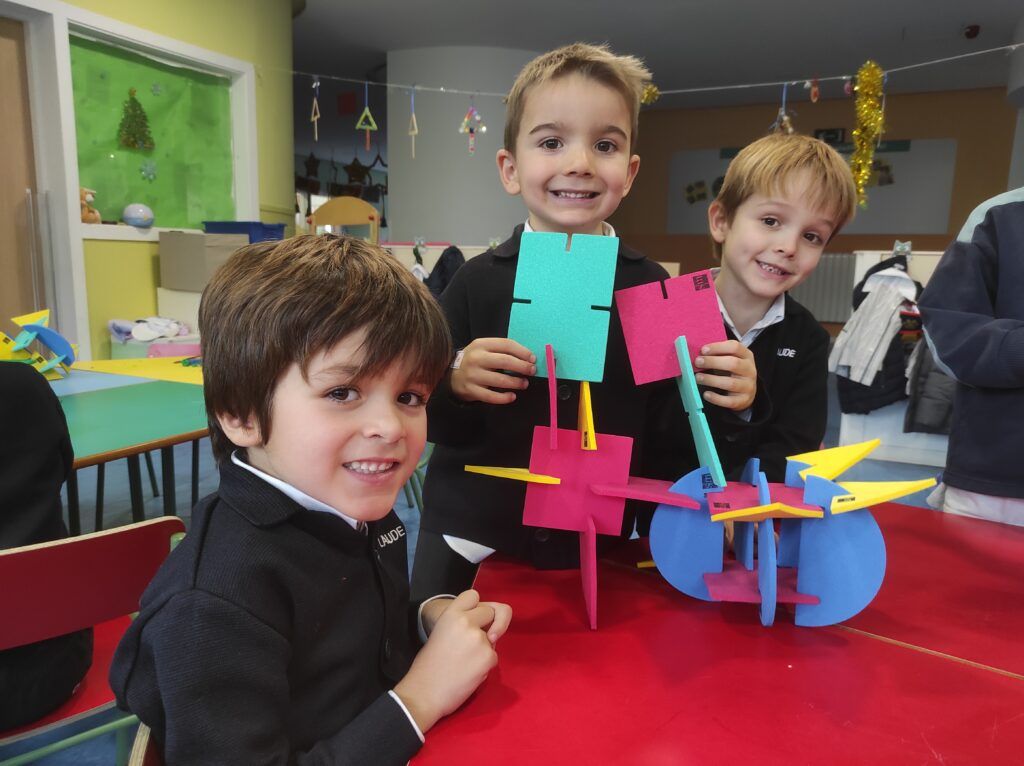


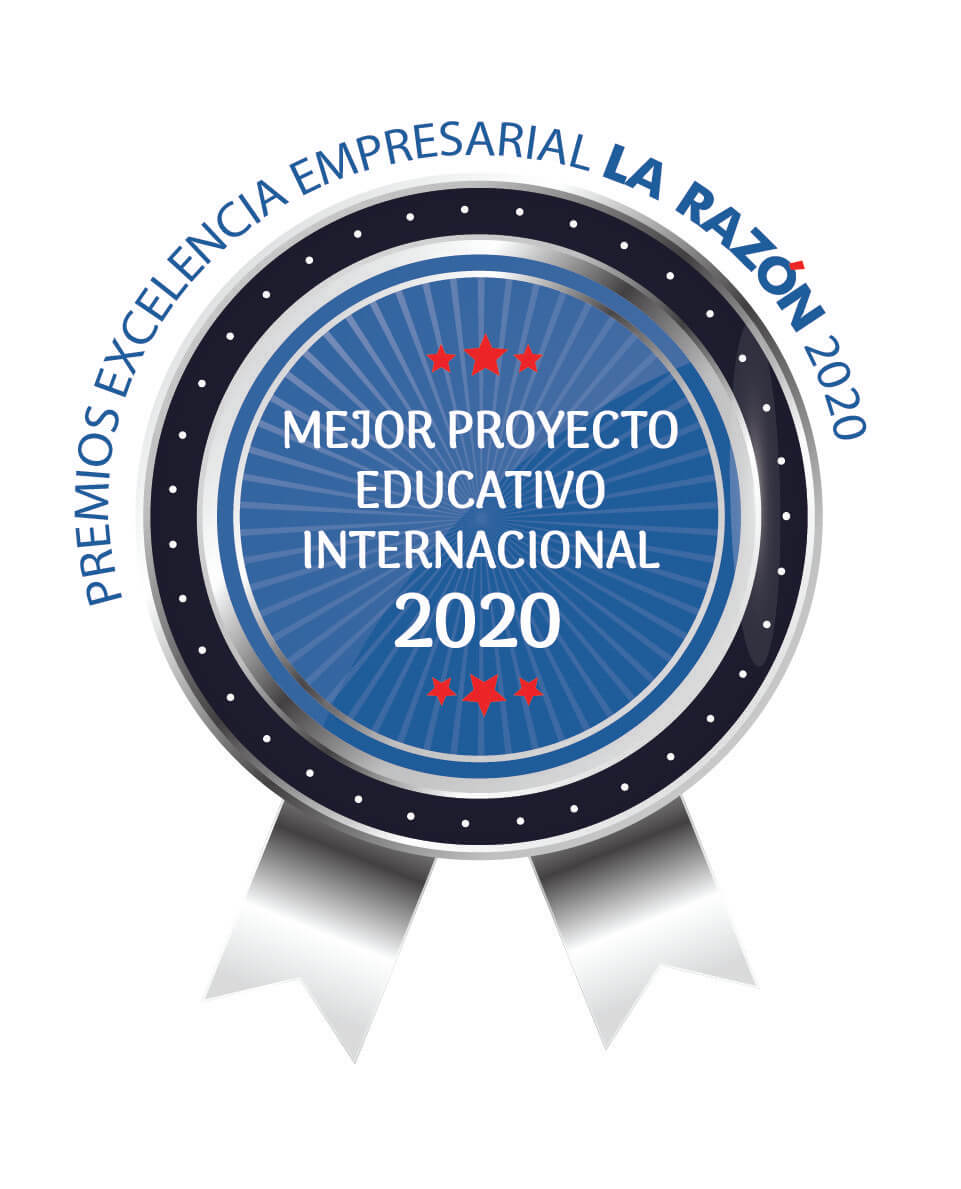




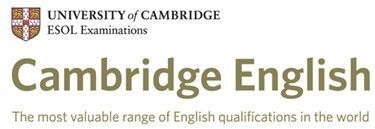



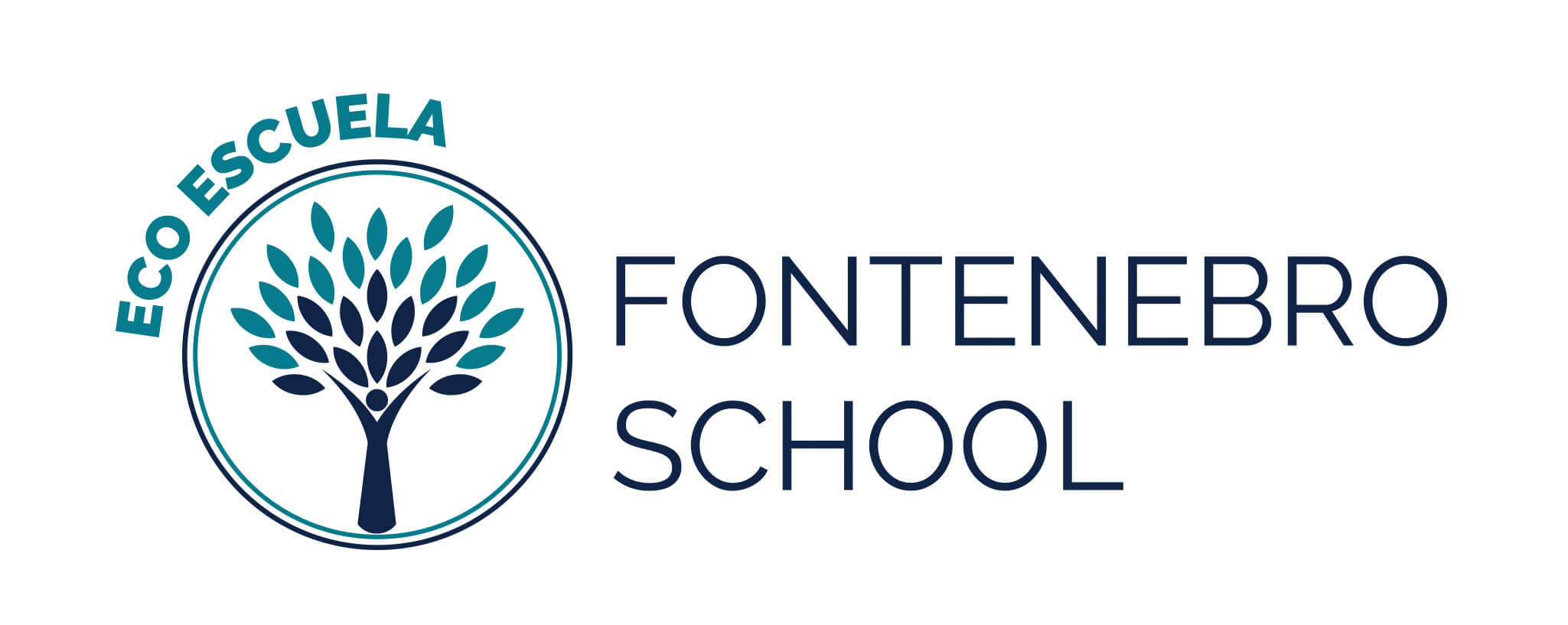
![BAPParentLogo[5]](https://fontenebroschool.com/wp-content/uploads/2020/09/BAPParentLogo5.png)


